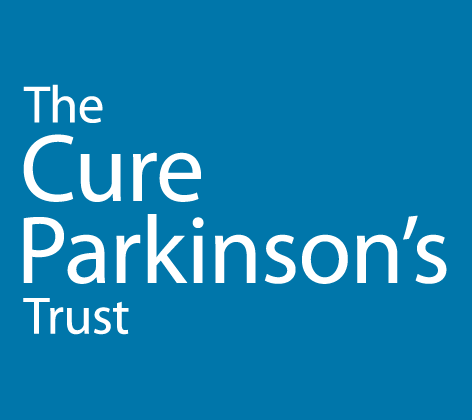Review sheds light on “prion-like” spread of Parkinson’s in the brain
The takeaway
This review article outlines one of the prevailing theories into how Alzheimer’s and Parkinson’s diseases spread in the brain—namely, in a “prion-like” manner. This means that proteins associated with both diseases move from cell to cell using similar mechanisms as prions, infectious proteins involved in diseases such as mad cow. However, it is important to note that while prions may be transmitted from one organism to another under certain circumstances, there is little/no evidence that Alzheimer’s and Parkinson’s may be transmitted in this way.
Why is it important?
Understanding how the proteins associated with Alzheimer’s and Parkinson’s disease spread is crucial for developing new ways to prevent this process, slow it down or stop it entirely.
%
IMPACT
- Novelty 85%
- Proximity 45%
- Deliverability 71%
Impact
“Ten years ago, the notion that Parkinson’s disease and Alzheimer’s disease involved prion-like mechanism (that is, an abnormal protein moving between cells and inducing other proteins to become abnormal) was considered wild speculation. The past decade has seen an explosion of interest with numerous studies supporting this concept. These are reviewed by a thought leader in this present paper.” Dr. Patrik Brundin
Background
Alzheimer’s and Parkinson’s are the most common neurodegenerative diseases in the world, affecting more than 46 million people and seven to 10 million people, respectively. Although their symptoms differ (Alzheimer’s hallmark is dementia, Parkinson’s is marked by a progressive loss of movement), the two diseases have much in common. Both are strongly associated with age and both are linked to the spread of an abnormal protein in the brain—tau and amyloid beta in Alzheimer’s and alpha-synuclein in Parkinson’s.
The details
For a long time, it was unclear how these diseases progressed in the brain. However, recent evidence indicates that these proteins can “seed” other cells, spreading throughout the brain and causing damage along the way.
Prions behave in much the same way, although with a major difference—while prion diseases can be transmitted from person to person, Alzheimer’s and Parkinson’s have not been shown to do so. The most commonly recognized prion disease is mad cow disease, with human cases being linked to the consumption of contaminated beef (most nations have strict monitoring programs for mad cow and human cases are exceedingly rare).
Understanding the similarities and differences in these conditions may provide insight that leads to new prevention or treatment strategies.
Related work and trials
Since this review was published, further research has highlighted the prion-like mechanism as important for the spread of alpha-synucelin from cell to cell in Parkinson’s. Recent research emphasizes the time lag between the formation of protein clumps in cells and appearance of the first clinical symptoms as a ‘prodromal phase’ of Parkinson’s meaning that alpha-synuclein clumping and seeding in this manner can be a marker of Parkinson’s before the presentation of any symptoms.
Where can I learn more?
Original article: Goedert M. August 7, 2015. Alzheimer’s and Parkinson’s diseases: The prion concept in relation to assembled Ab, tau and a-synuclein. Science 349(6248):125555.



